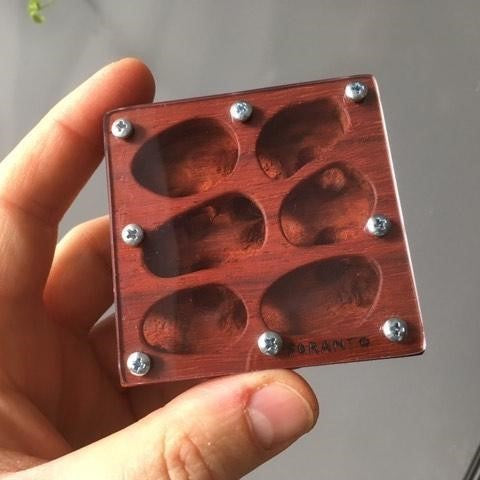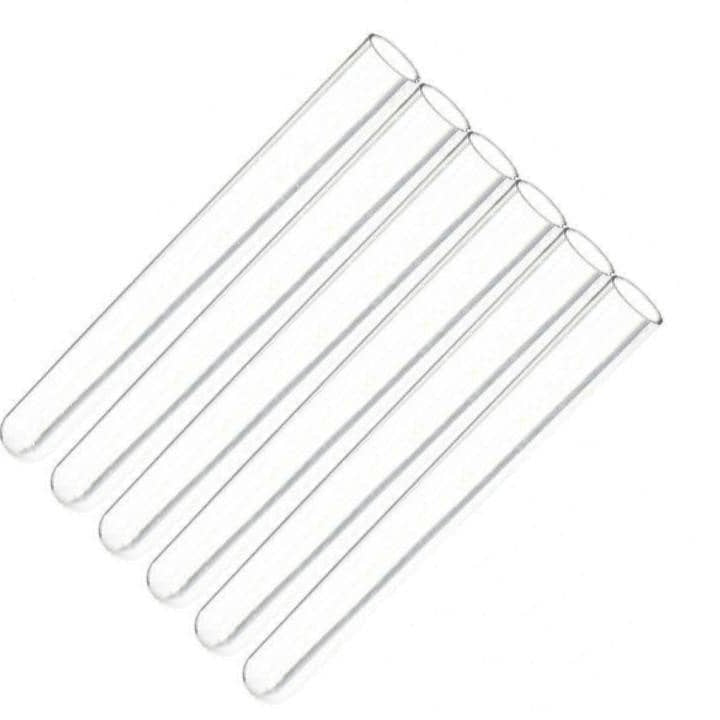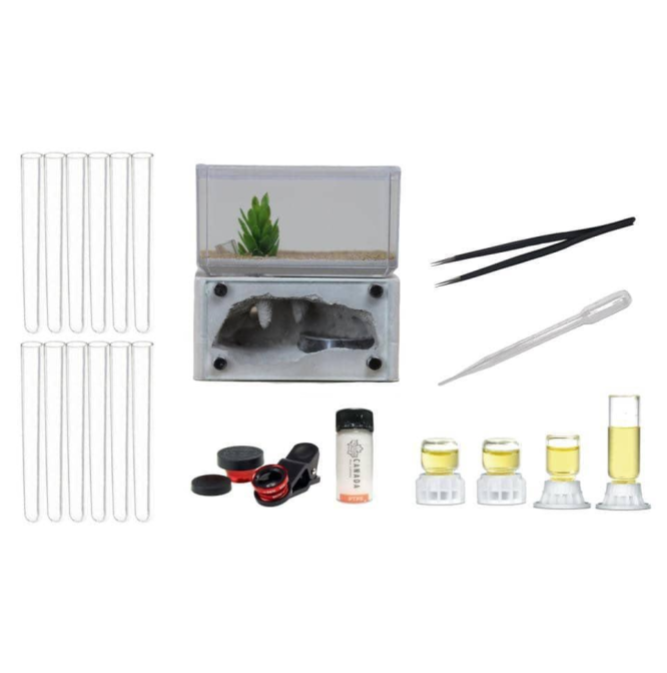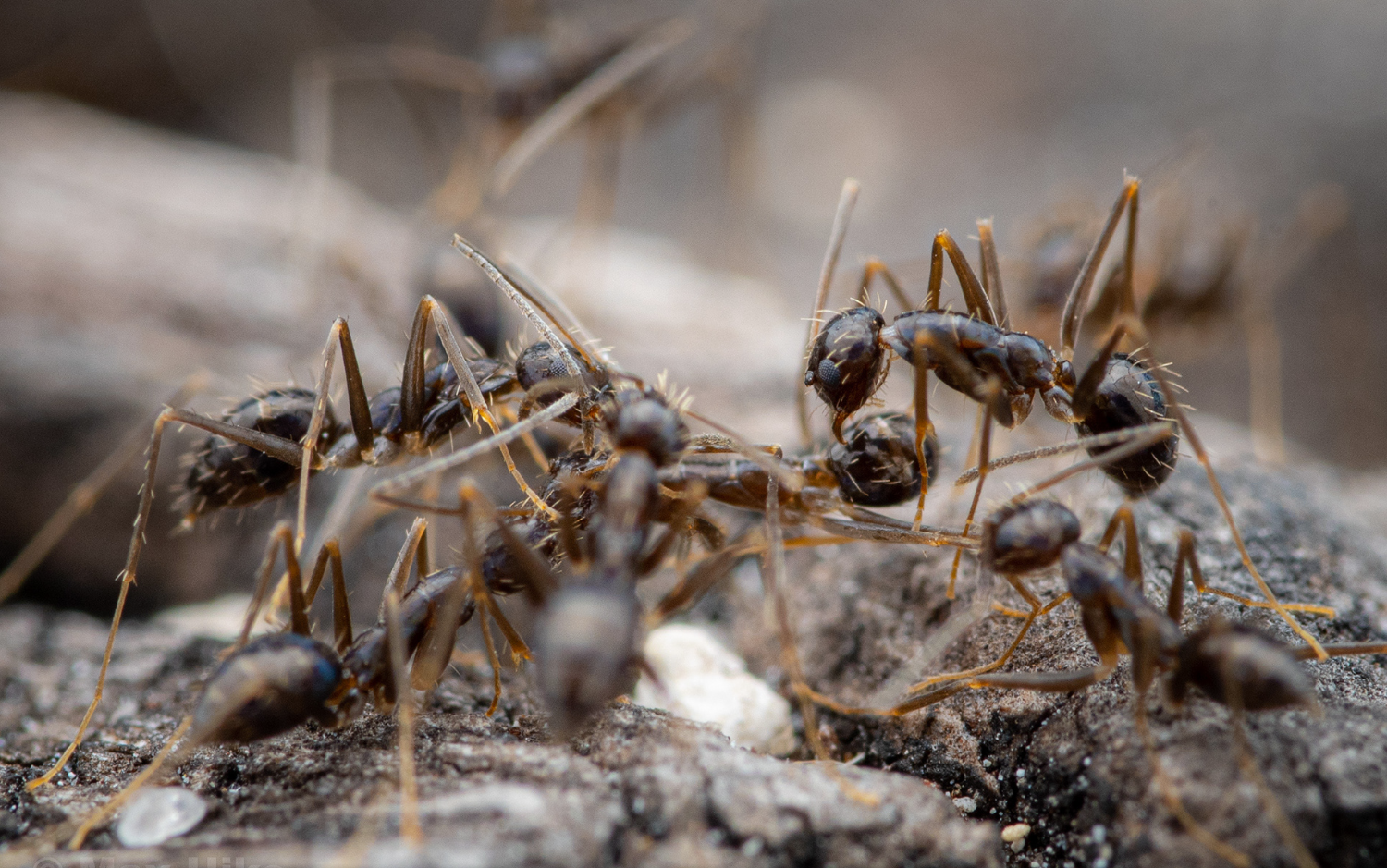
Black Crazy Ants on Preorder!
-
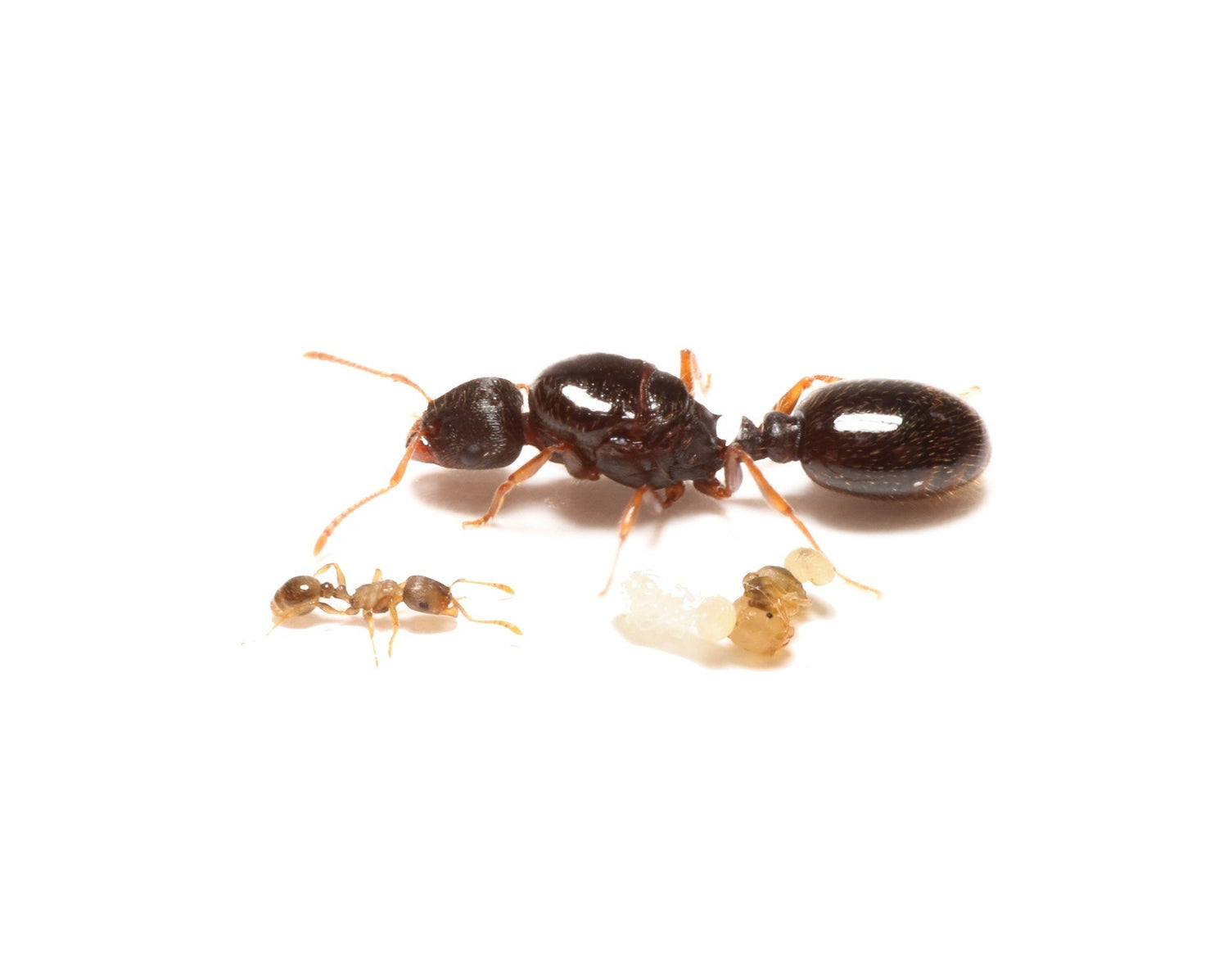
Beginner Ants
Of course, we sell a large variety of queen ants and ant...
The Ant Keeping Journey
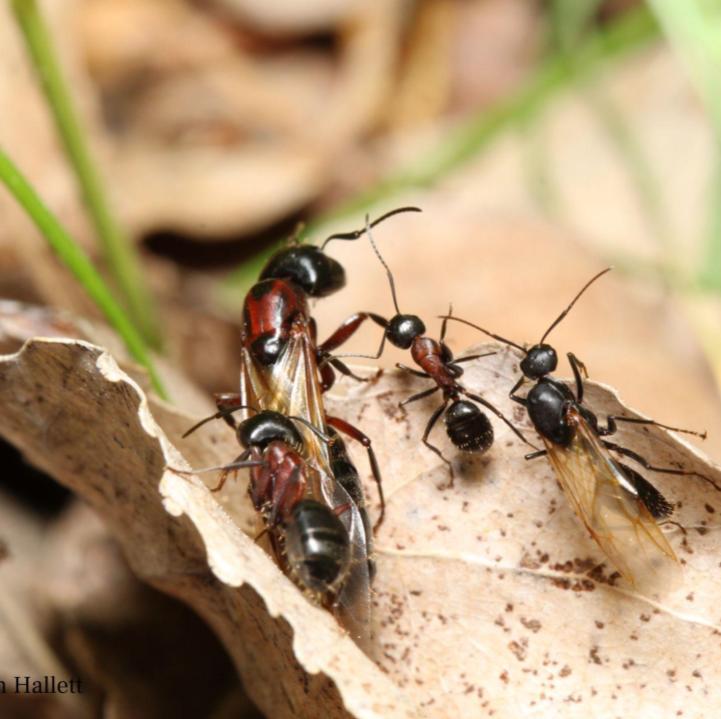
Every Colony Starts With A Queen
Every year, grown up colonies will release queens and males in what is called a "nuptial flight". The queens and males take to the air and mate (Pictured, from Braeden Hallett).
Then, the queens land on the ground, and for most species, dig a hole called a "claustral chamber" in the ground or into wood, where they lay their eggs and slowly raise their first brood of workers.
In captivity, we replicate this stage with a test tube, which has water on one side in order to maintain humidity, and space on the other end
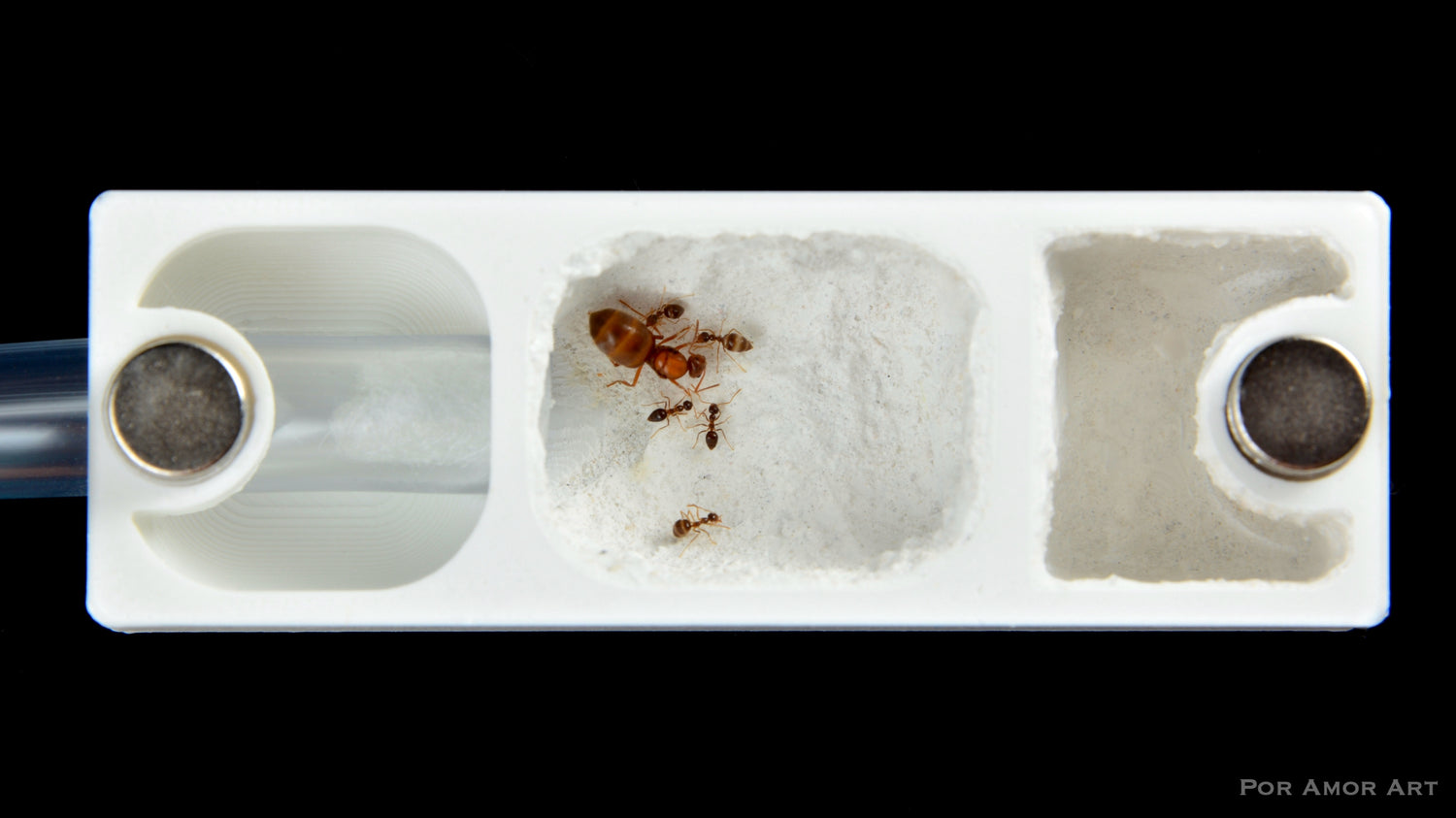
First Workers Hatching
After anywhere from 4-6 weeks, the first set of workers begin to hatch. These workers will typically be fed only by the queen's fat reserves, and so they come out much smaller, and are known as "nanitics".
At this stage, the colony will begin foraging, and can be fed very small amounts of food every few days (more often is better)
Many people ask when they can move the colony out of the test tube-- they can theoretically last a few months in the test tubes, and generally, it depends on the size, but typically you should be able to do so once they can fill 20% of the chambers in the nest.
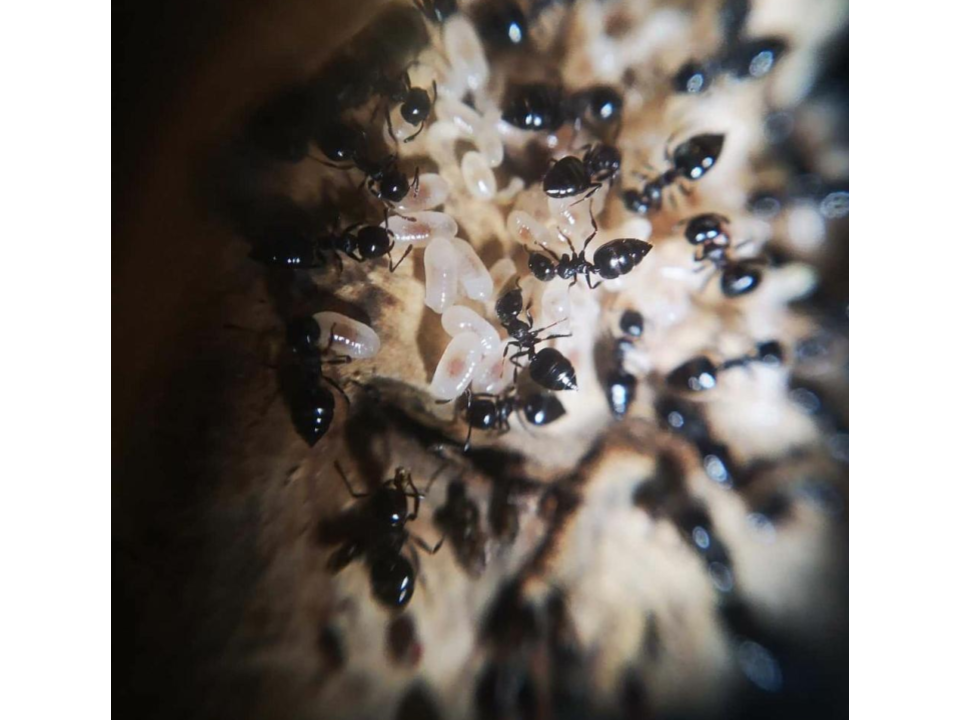
Continuous Year 1 Growth
Over the course of the year, the colony will continually lay eggs and gain new workers. Some ways you can speed this up are:
- Heat (Can speed up growth from 2 months to 4 weeks from egg to worker)
- Frequent feedings (Ideally sugar should be always provided)
- Varied Foods (Everything frome insects to sometimes even seeds or processed meats)
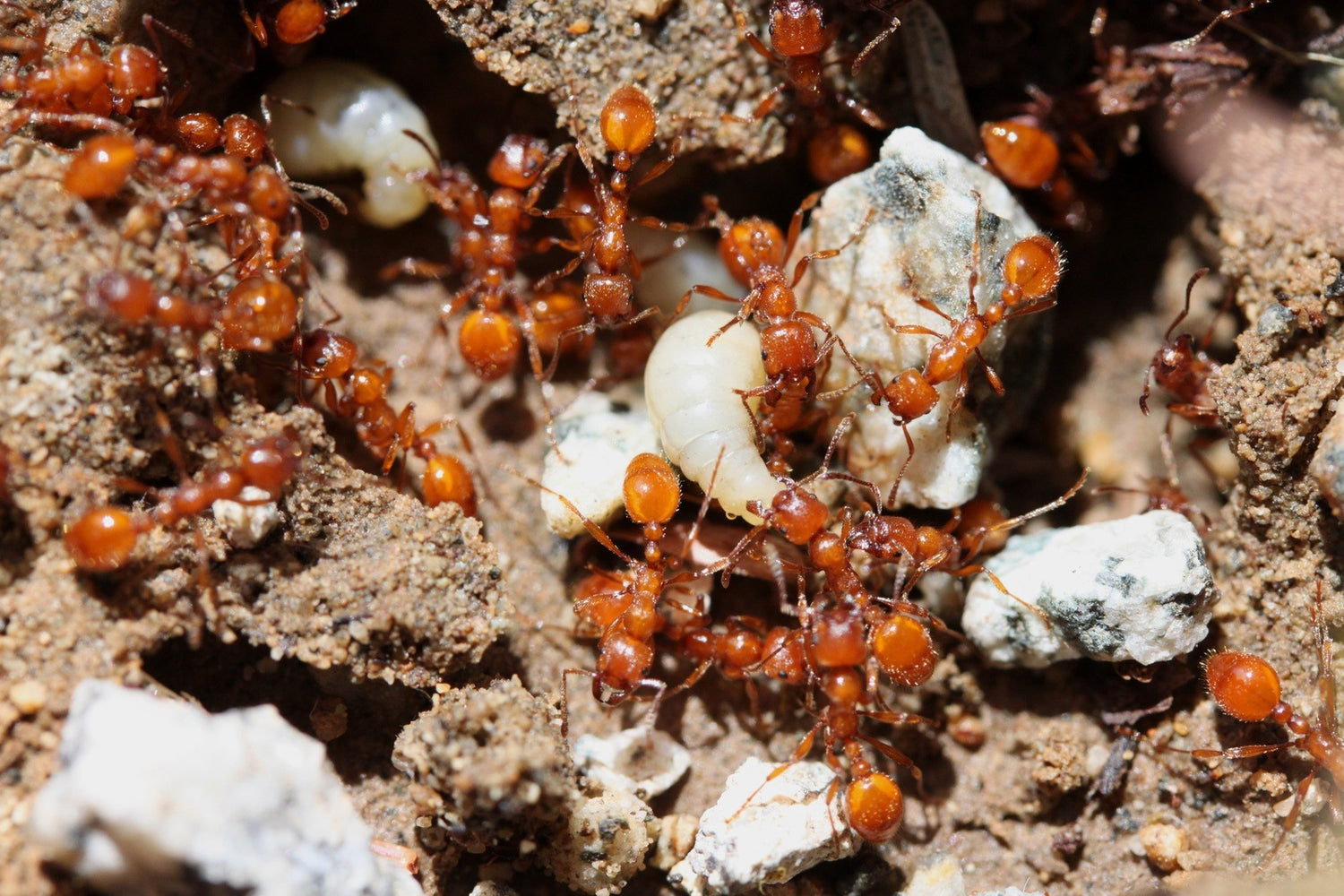
First Hibernation
Around winter time, most species will enter hibernation.
When this time comes, they can be placed in the fridge or garage (we use a wine cooler) at around 5 degrees Celsius. They typically stay this way for 3-4 months before they can be woken back up.
Brood (eggs, larvae, pupae) production stops for most species during this time
(Exceptions include Aphaenogaster (Winnow Ants), Myrmica (Fire Ants), Temnothorax (Acorn Ants), Tetramorium (Pavement Ants))
Afterwards, the ants can be taken out, and will continue growth like normal


